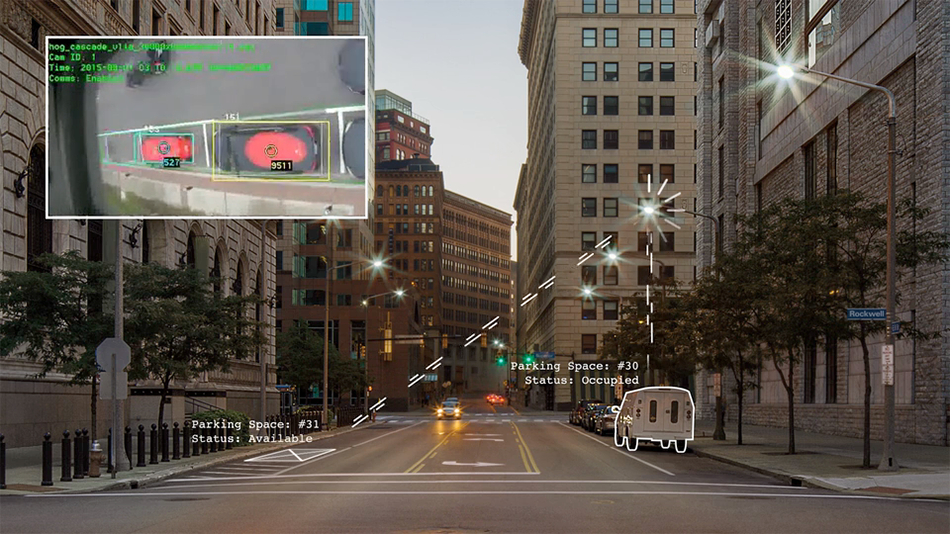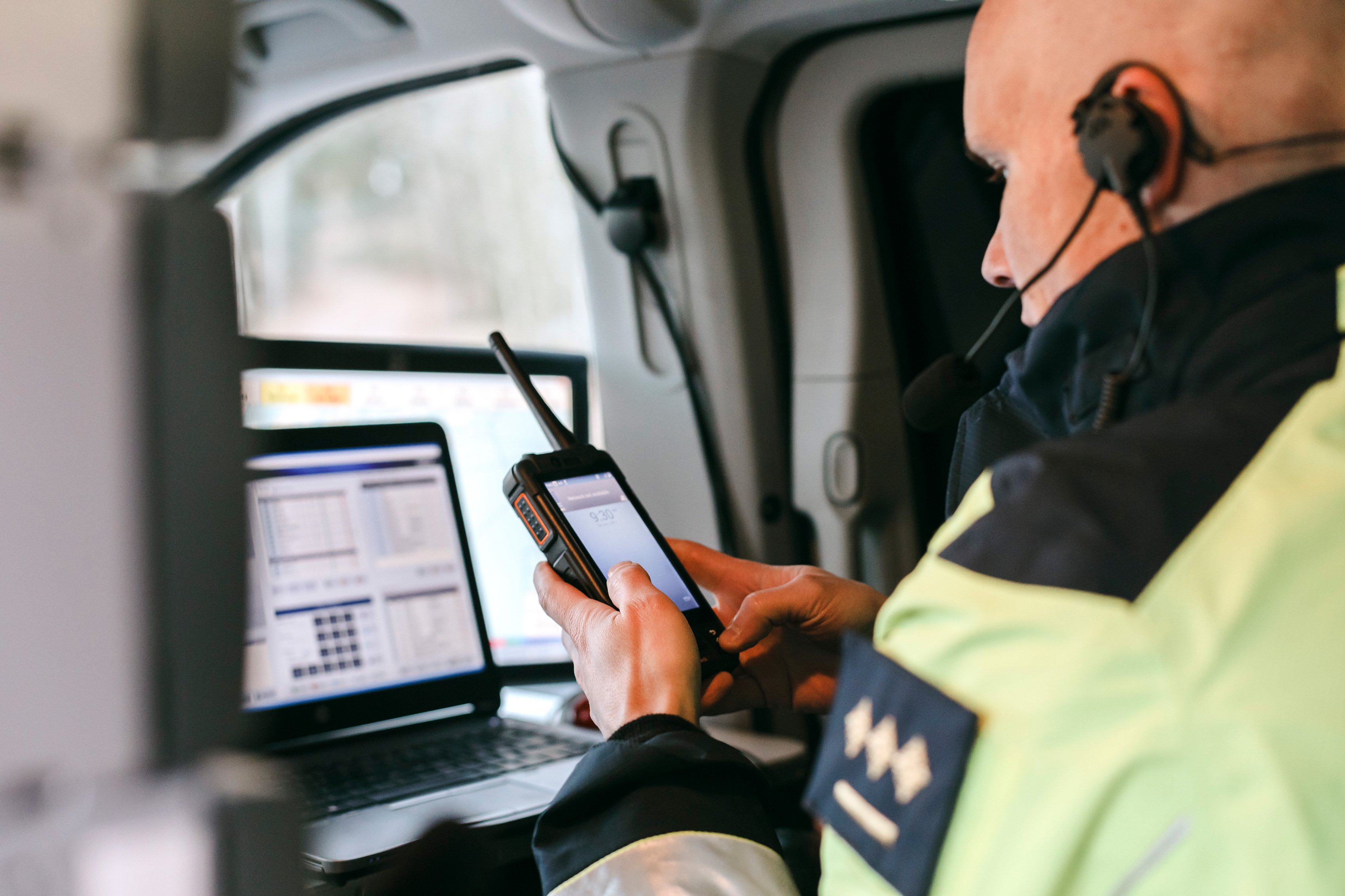
In the late spring of 2018, Cape Town South Africa dodged an existential bullet. “Day Zero” — the moment the city’s water taps would be turned off due to punishing drought conditions — was postponed, pushed to an indeterminate date in 2019.
Cape Town’s water scarcity is emblematic of a problem facing almost every major population center: The Earth is getting warmer, and more and more of its human inhabitants are piling into cities, straining aging or underdeveloped infrastructure to the breaking point. Even without the stress of climate change, mundane issues like traffic congestion, crime, terrorism and the inevitable natural disaster can deal a body-blow to a city’s ability to offer vital services, attract businesses and thrive.
To meet these challenges, it’s critical to start thinking seriously about the intersection of technology and resilience, says Carmichael Roberts, co-founder and managing partner of Material Impact. Roberts recommended the introduction of a resilience conference at CES 2019 and has backed several companies, like ZeroMassWater, that are leveraging technology to improve our capacity to cope with global challenges.
See also: What Are Smart Cities (And Why Should We Care)?
Over the past five years, hundreds of cities around the globe have embarked on so-called smart city projects — from rolling out street lamps that double as surveillance cameras and hotspots to making city services available on mobile apps. These same technologies will play a key role in ensuring cities can rebound from the inevitable disaster, whether natural or manmade.
“We’re in a unique moment,” says Jason Whittet a member of the 100 Resilient Cities’ Solutions Development and Innovation team. “We have the pressures of urbanization and the pressures from climate change. At the same time, technology has evolved to the point where it can offer real solutions.”
The are several “foundational” technologies that are helping cities improve their resilience today, Whittet says. Those include the Cloud, Big Data processing and visualization, high-bandwidth network mobility and apps.

One of the more mature smart city technologies, intelligent traffic lights and traffic routing, can play a key role in evacuating citizens during a crisis and ensuring first responders arrive on scene quickly, observed Stephanie Atkinson, CEO of Compass Intelligence. Armed with data processing and machine vision, street lamps can double as an extended set of eyes and ears for local authorities.
In 2018, San Diego installed a series of intelligent street lights from Current, by GE, capable of monitoring parking spaces as well as traffic patterns. The CityIQ nodes embedded in the lights can also detect the sounds of gunfire, monitor air quality, temperature, air pressure, humidity and more. Similar lights are being installed in Atlanta and Portland.
IoT is another significant component of smart city technology and has already proven its worth in improving resilience. After catastrophic flooding in 2013, Buenos Aires installed thousands of IoT-based sensors in its storm drains and connected it to an SAP software and analytics platform to measure the speed, level and direction of water flow in real-time—the better to alert emergency crews to blockages and overflows. The following year, after even heavier rainfall, Buenos Aires was able to avoid a replay of 2013’s crippling floods.
The sharing economy can also play a role in improving urban resilience, said Dominique Bonte, managing director and VP of ABI Research. San Jose, Calif., partnered with Airbnb on a program to provide on-demand “disaster hosting” to emergency workers and residents displaced by fires or other natural disasters. The app is rolling out similar emergency hosting programs across the country.
See also: Smart Cities, Smart Threats
Building out resilience isn’t just a good in itself. It can have a halo effect for citizens and businesses, said Jesse Berst, chairman of the Smart Cities Council. Berst pointed to the city of Chattanooga, Tenn., whose electrical utility built out a gigabit fiber optic network as a part of its efforts to prevent blackouts and smarten up its electrical grid and residential metering system. This gigabit fiber network was then offered to residential and business customers and was instrumental in lifting the economic fortunes of the town. (Vice called Chattanooga “The City That Was Saved by the Internet.”)
Automation Nation
The next wave of smart city technology will likely center on automation, Atkinson forecast. “Increasingly I hear people talk about automated response management — systems that don’t wait for a human operator but can provide a response in real-time, autonomously.” Drones and autonomous vehicles will play a role in a city’s disaster response, Bonte predicted, while artificial intelligence is tapped to help make sense of the huge torrent of data generated by a city’s sensors.
The coming build-out of 5G mobile networks will also go a long way to improving resilience, Bonte said. “Whenever there’s an event, the network is flooded with calls. 5G brings the possibility to prioritize traffic, set aside police bandwidth” and more, he says. It will also provide the needed bandwidth for even more IoT sensors and autonomous vehicles.
Watch: What You Need To Know About 5G
No matter what form the technology takes, the drive to improve resilience has a profound business and humanitarian logic, Roberts said. “Our health and our lives are at stake.”












